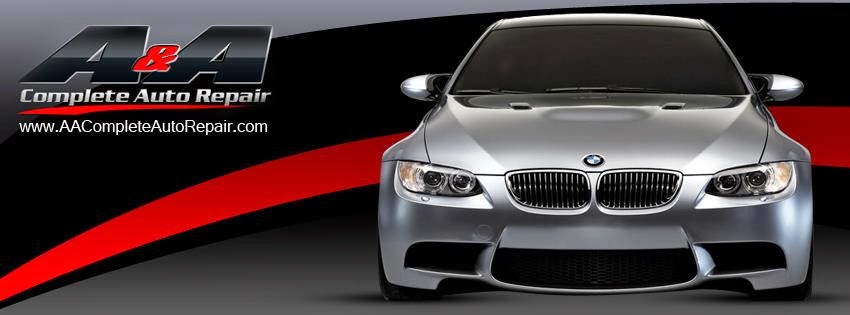The fuel system feed your engine the gasoline/diesel it needs to run. If anyone
of the parts in the system break down your engine will not run. Let's look at
the major parts of the fuel system:
`
Fuel tank: Basically a holding tank for
your fuel. When you fill up at a gas station the gas travels down the filler
tube and into the tank. In the tank there is a sending unit, which tells the gas
gauge how much gas is in the tank.
Fuel pump: On newer cars the fuel pump is usually installed in the fuel tank. Older cars have the fuel pump attached to the engine or on the frame rail between the tank and the engine. If the pump is in the tank or on the frame rail then it is electric and is run by your cars battery. Fuel pumps mounted to the engine use the motion of the engine to pump the fuel.
Fuel filter: Clean fuel is critical to engine life and performance. Fuel injectors have tiny openings, which clog easily so filtering the fuel is the only way to prevent this. Filters can be before or after the fuel pump, sometimes both.
Fuel injectors: Most domestic cars after 1986 and earlier foreign cars came from the factory with fuel injection. Instead of a carburetor to mix the fuel and air, a computer controls when the fuel injectors open to let fuel into the engine. This has resulted in lower emissions and better fuel economy. The fuel injector is basically a tiny electric valve, which opens and closes with an electric signal. In the picture below you can see the injectors towards the outer part of the intake. By injecting the fuel close to the cylinder head the fuel stays atomized ( in tiny particles ) so it will burn better when ignited by the spark plug.
Carburetors: A carburetor takes the fuel and mixes it with air without computer intervention. While simple in operation, they tend to need frequent tuning and rebuilding. This is why most newer cars have done away with carburetors in favor of fuel injection.
Common Problems:
The most common problem is a clogged fuel
filter. Make sure you follow your manufacturers recommendations as to when you
should change the fuel filter. This information should be in your owner's
manual. Symptoms include sputtering at high speeds or engine not starting at
all. Always check the ignition system first, if that's OK then the next suspect
is the fuel filter.
Next most common problem is the fuel pump failing. Most modern electric fuel pumps can be heard when you turn the key on. If you don't hear the pump running and your car will not start, it could be your fuel pump. The first thing a mechanic will check is the relay, which sends power to the pump. If this is operating correctly then the pump will have to be replaced.
Last but not least are dirty injectors. While the fuel filter does a good job of filtering the fuel, it's not perfect. Over time deposits and tiny particles lodge themselves in the injectors. This can clog the injector and prevent it from delivering the fuel the engine needs. It can also cause an injector to stick open and send too much fuel into the engine. A regular addition of high quality fuel system cleaner can help keep your injectors clean. Most automotive parts stores will have a good cleaner available. Add it to your empty tank right before you fill up and it will clean as you drive. We recommend doing this every 3 months to keep your injectors performing like new. We also offer a cleaning service where we actually disconnect the fuel line and flush cleaner through the engine. This is only necessary when you let your injectors get to a point where they can not be cleaned by a store-bought product. Regular use of a good in-tank cleaner will keep you from having to pay for this service.
Where do you buy your gas?
Believe it, or not, it can make a difference. Always buy from a well know national brand service station. Gas stations, which are not affiliated with one brand of gas, tend to get whatever is left at the end of the day from the delivery truck. One day they might get Texaco, and Exxon another. Also water mixed with gas will cause problems with your engine. The engine will not run right, plus the water will promote rust in the fuel system.
You can count on A & A Complete Auto Repair Houston for all your Diesel & Gasoline car or truck Repair
in the Houston metro Area Pasadena Pearland Conroe Deer Park
Friendswood Galveston Lake Jackson La Porte League City Missouri City
Sugar Land Texas City The Woodlands Angleton Bellaire Clute Dickinson
Freeport Galena Park Humble Jacinto City Katy La Marque Richmond
Rosenberg South Houston Stafford Alief West University Place. Call us
today at 281-564-7782 or visit our shop at 12160 Bissonnet St., Houston,
TX 77099 . Your Satisfaction is Our Ultimate Goal. http://www.AACompleteAutoRepair.com




